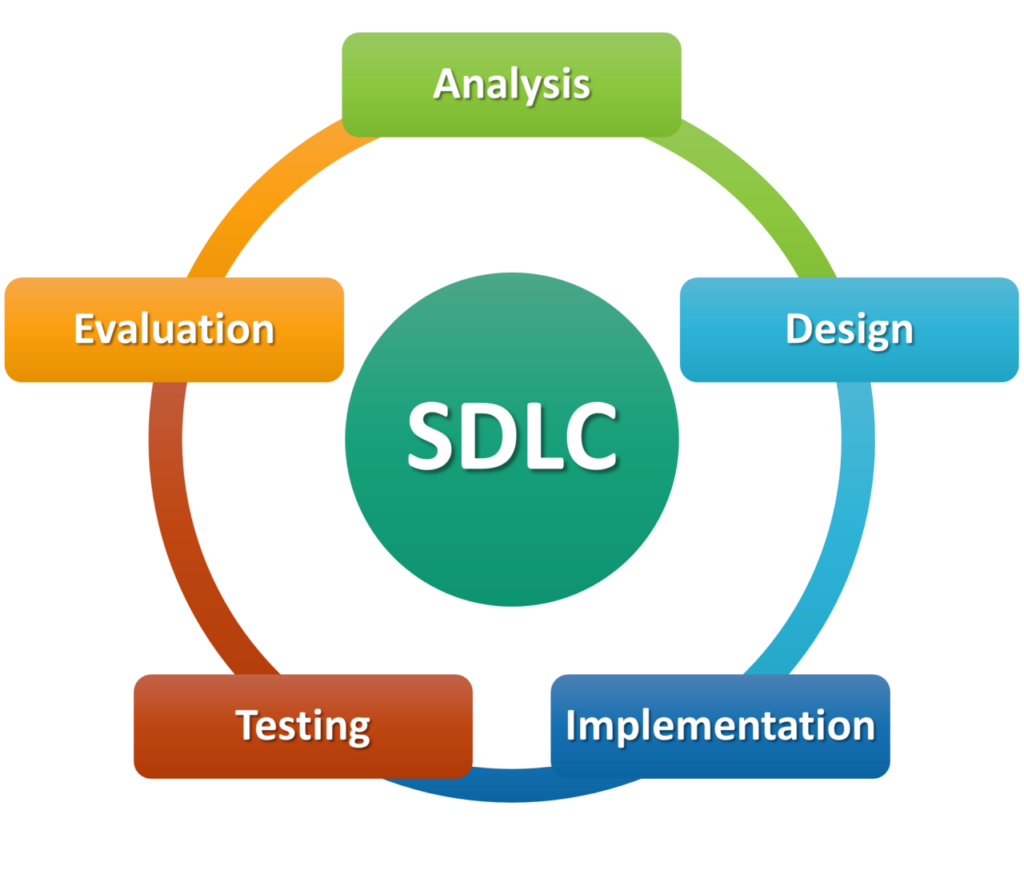The Software Development Life Cycle (SDLC) defines a revolution. It is fundamentally a sequence of steps that display a model for the development and lifecycle management of certain software or even an application.
The procedure can differ from business to business, but the standards remain firm. The software development cycle is a method that guarantees proper software is built each time.
There are usually 5 phases starting from analysis and requirements gathering, and ending with implementation. We’ll discuss this in detail.

1. Requirements Gathering/Analysis
The first stage is a crucial component in a project succeeding.
The expectations of the business or client need to be disclosed in great detail and be well documented. This is where the communication begins, but doesn’t end. First things first, you need to identify and capture your stakeholder requirements using reviews as a research element, as well as surveys.
Find out what your customers want out of it and design the final outcome around it.
2. Design
The design portion (technical design, to be exact), is made ready by the staff in charge of development. This can include lead developers and architects.
The technical requirements will also include a risk analysis. Any threats or vulnerabilities are analyzed as well as external issues.
3. Coding
The development team focuses primarily on coding and unit testing in this stage. With each phase completed, the development team can present it to the managers and analysts, as they may need to make certain adjustments in order for the team to move forward.
Flexibility and open to enhancing is required because this can be the longest phase of the software development lifecycle.
4. Testing
Using static and dynamic analyzing methods, codes should be constructed. Manual testing can also help guarantee the application won’t be susceptible to hacking of any sort.
No security breach should occur. Towards the end of the project, user acceptance testing should be performed to make sure the system has met the goals that were needed. If something were to occur, the team can go back, redesign and rework their coding and analysis.
5. Implementation/Deployment
Once all members have signed off, the process of implementation and deployment begins. Depending on the extent of the project, deployment can vary. In the end, two major SDLC are used: waterfall and agile.
While a traditional route, the waterfall process begins with a plan of great detail and laid out requirements. Agile on the other hand, does not have as stern guidelines to follow and is more of a work in progress because changes can be made throughout the process.
For an application that is updated frequently, agile development can be fast and quick to translate at any stage making it suited for this type of application.
You want to produce the best and highest quality product that is also cost-efficient. Once the creation is complete, the SDLC can finish.
